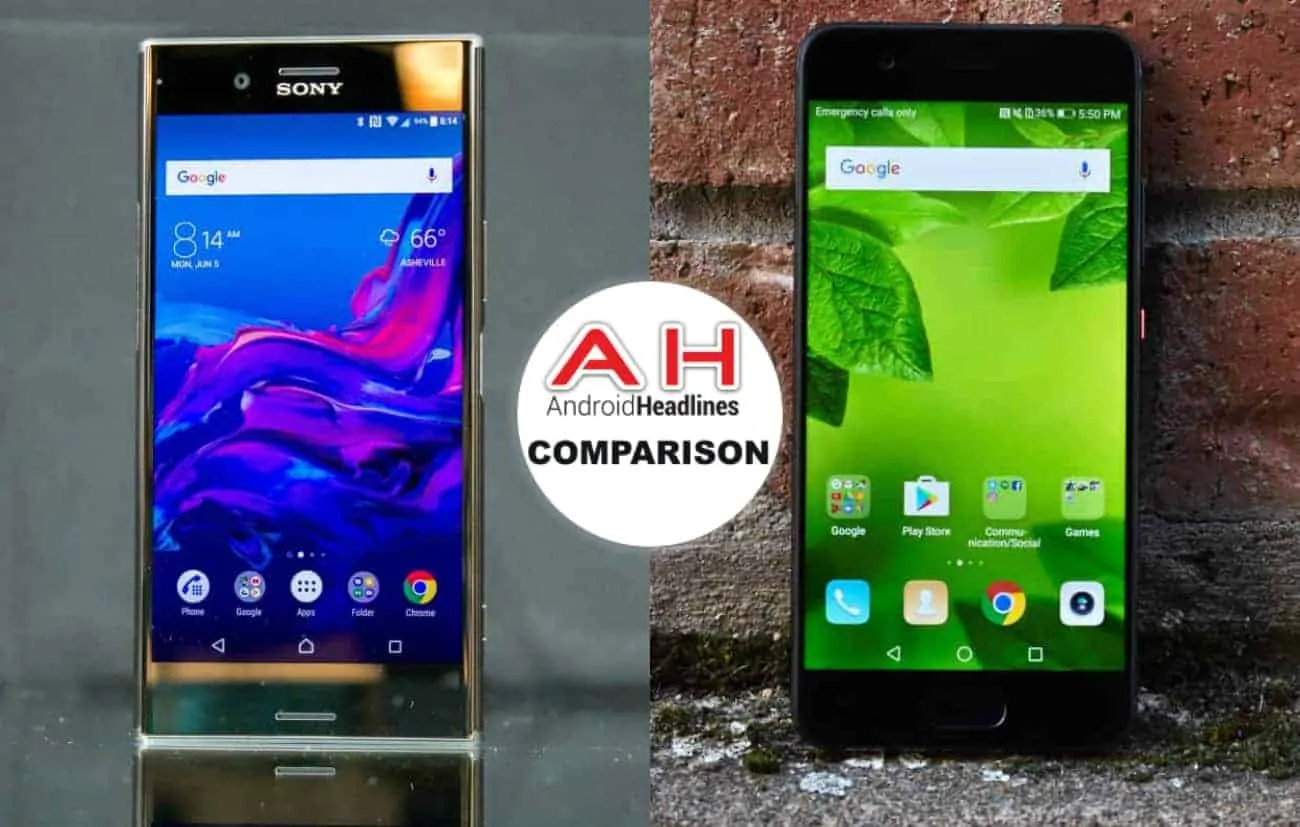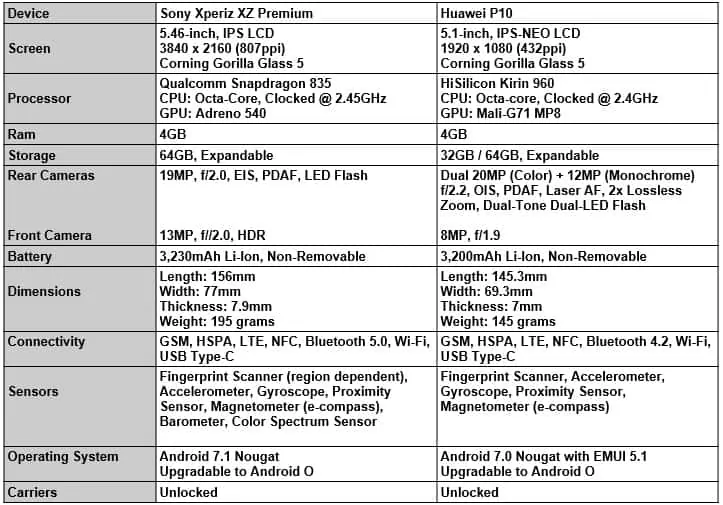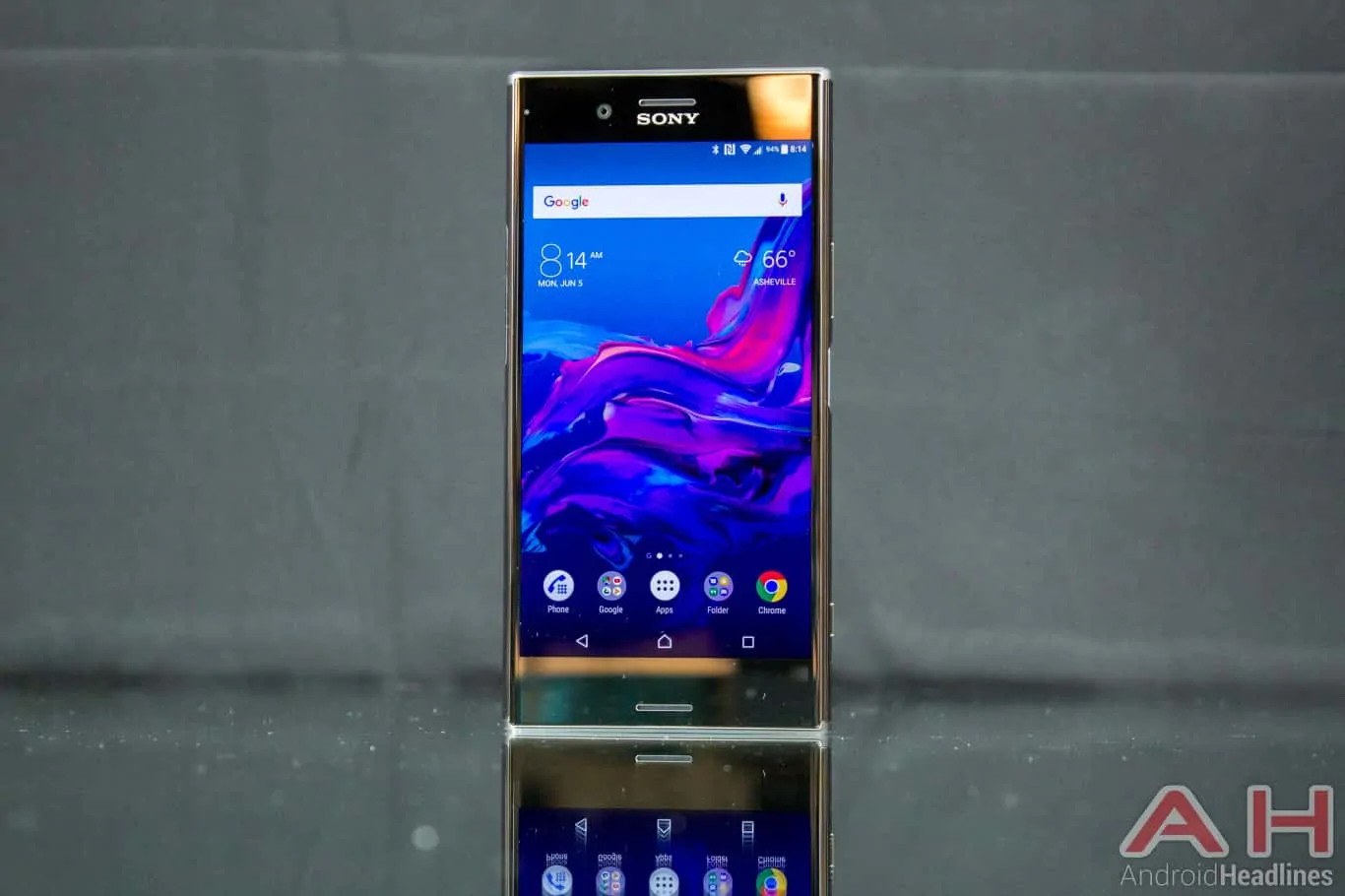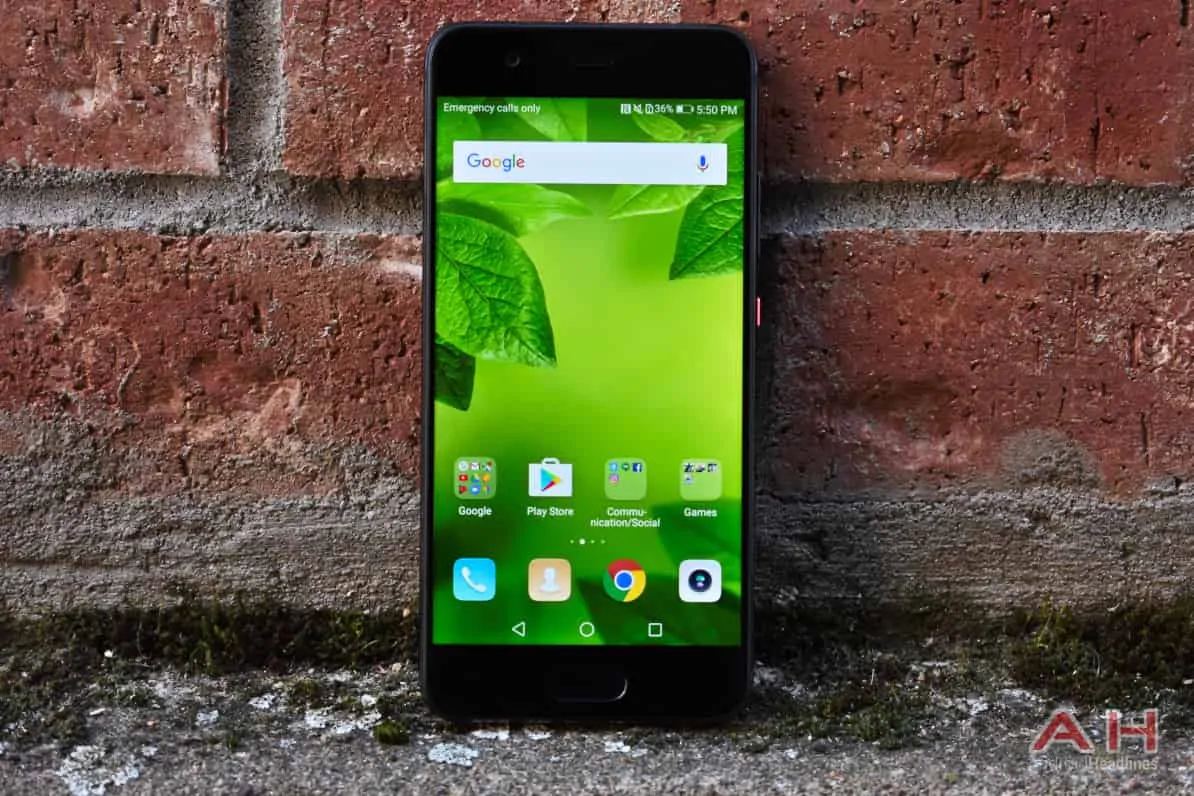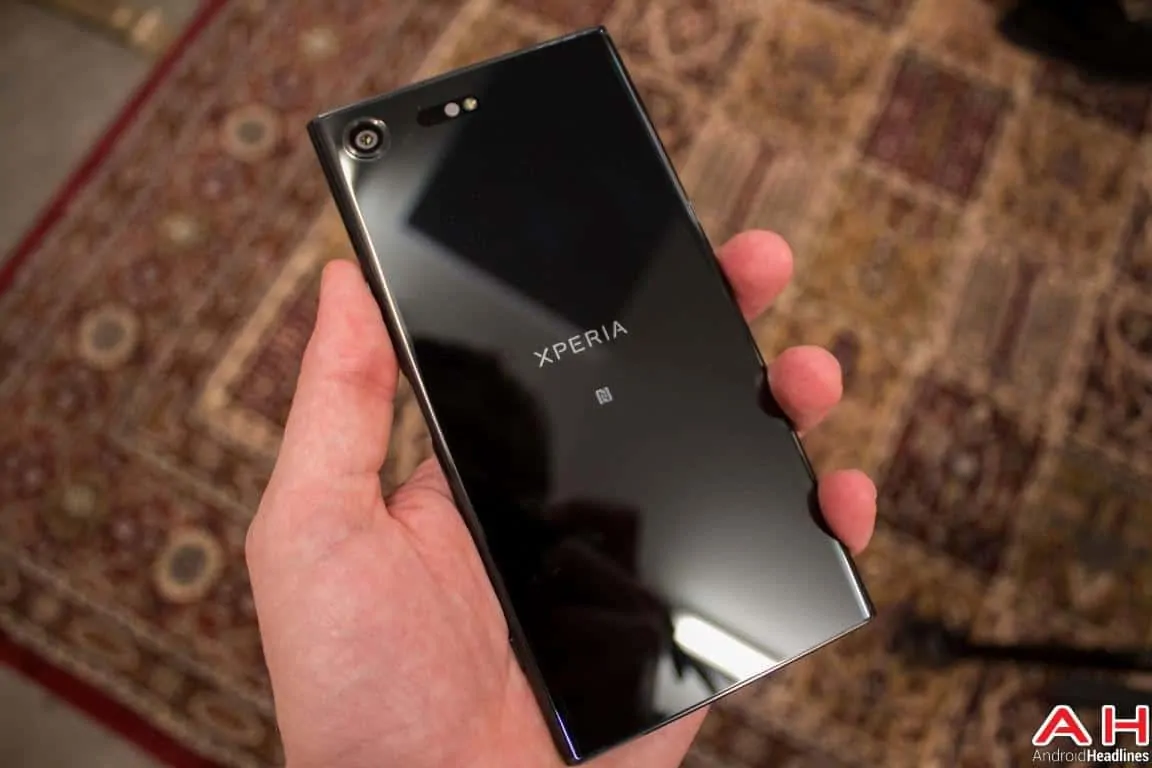Introduction
This year, both Sony and Huawei launched their respective flagship smartphones at the Mobile World Congress 2017 trade show in Barcelona. The Xperia XZ Premium and the Huawei P10 have a lot of things in common, but there are also quite a few notable differences, like the chips that power them. Overall, both are great devices with top-tier hardware, premium craftsmanship and great design aesthetics, not to mention the presence of Android Nougat under-the-hood. So, if you’ve got your mind set on an offbeat new flagship this year, which one would be a better investment? Let’s find out!
Specifications
Sony Xpeira XZ Premium
As mentioned at the very beginning, the Xperia XZ Premium is Sony’s latest flagship smartphone, which was unveiled in Barcelona at the MWC 2017 event back in February. The device is one of the best-looking smartphones on the outside, and packs the very best hardware on the inside. The smartphone features a 5.46-inch 4K HDR Triluminos IPS LCD display that’s protected by Corning’s Gorilla Glass 5. The device is powered by the Snapdragon 835 SoC that comes with the Adreno 540 GPU alongside an octa-core CPU with custom Kryo 280 cores clocked at a maximum frequency of 2.45GHz. The device comes with 4GB of RAM and 64GB of internal storage that can be expanded via a microSD card of up to 256GB in capacity.
Sony’s new flagship phone also has a new ‘Motion Eye’ camera that incorporates a triple-sensor system including a laser sensor for faster auto-focus, an RGBC infrared sensor for adjusting white balance and an updated 19-megapixel 1/2.3-inch ExmorRS image sensor that is supplemented by the company’s own SteadyShot 5-axis electronic image stabilization (EIS), PDAF and an LED flash. The camera also comes with Sony’s proprietary ‘Bionz’ image processing engine for better motion detection and noise reduction, and has a 25mm equivalent lens with an f/2.0 aperture. The camera can record 4K videos at 30fps and 720p videos at an astonishing 960fps, although, the ultra slow-mo burst mode only lasts about 0.182 seconds. The front facing camera is a 13-megapixel 1/3-inch sensor with 1.12µm pixel size. The camera comes with a 22mm equivalent lens with an f/2.0 aperture, and can record 1080p videos at 30fps.
The Xperia XZ Premium carries a non-removable 3,230mAh Li-ion battery with support for Qualcomm’s Quick Charge 3.0, thanks to the presence of the Snapdragon 835, while cellular connectivity includes support for 4G LTE, 3G HSPA and 2G GSM standards. The phone features USB Type-C connectivity, although, it still includes a 3.5mm port for native compatibility with older headphones and audio systems. Sensors include accelerometer, gyroscope, proximity sensor, barometer, magnetometer (e-compass) and color spectrum sensor. In terms of software, the device comes with pre-installed Android 7.1 Nougat and is likely to receive the Android O update going forward.
While the Xperia XZ Premium is a decent smartphone in general, you’ll need to remember one thing if you’re planning to buy the device in the U.S. Like its recent predecessors, it also misses out on the fingerprint scanner in its U.S. variants, so in spite of the hefty price-tag, the device doesn’t even offer a standard biometric sensor that’s become commonplace even in $100 handsets these days. On the positive side, the Xperia XZ Premium is fully waterproof and dust resistant like most Sony smartphones, and comes with an IP68 certification which means it can be submerged in up to 1.5 meters of water for up to 30 minutes at a stretch without any damage. Another big plus is the inclusion of the 3.5mm audio port, even though you still get USB Type-C connectivity for charging and data syncing.
Huawei P10
Like the Xperia XZ Premium, the Huawei P10 and P10 Plus were also unveiled at the MWC 2017 at Barcelona earlier this year. The P10 is the smaller of the two devices with a 5.1-inch display, while its larger sibling, the P10 Plus, actually ships with a more mainstream 5.5-inch panel, although, both have ‘only’ 1080p resolutions. The Huawei P10 has an all-metal build with slightly curved edges at the sides to give it an elegant look, while two of the models also use a diamond cut back for enhanced grip. Overall, it’s a great little device wrapped in an aesthetically pleasing package, although, there’s no real design flourish really that makes it stand out from any other smartphone in the market right now.
The Huawei P10 features a 5.1-inch IPS-NEO LCD screen that comes with a resolution of 1920 x 1080 pixels, and is protected by Corning Gorilla Glass 5. The device is powered by Huawei’s own HiSilicon Kirin 960 SoC that comes with an octa-core CPU clocked at a maximum of 2.4GHz along with the ARM Mali-G71 MP8 GPU for graphics. In terms of RAM and storage, the device ships with 4GB of RAM and either 32GB or 64GB of built-in storage that can be expanded with the help of a microSD card of up to 256GB in capacity.
As for the cameras, the Huawei P10 ships with a dual rear-camera module that incorporates a 12-megapixel RGB sensor and a 20-megapixel monochrome sensor, both paired with lenses developed in association with German optics major Leica. Both lenses have an f/2.2 aperture each, while the RGB sensor also comes with a 27mm equivalent lens with optical image stabilization (OIS), PDAF and Laser AF, alongside a dual-LED, dual tone flash. The camera is capable of recording 4K videos at up to 30 fps and standard 1080p videos at up to 60 fps. On the front, the device offers an 8-megapixel camera with an f/1.9 lens for selfies and video chats.
The Huawei P10 carries a 3,200mAh battery with support for fast charging. Cellular connectivity includes support for GSM, HSPA and LTE technologies, while local connectivity includes support for Bluetooth 4.2, dual-band Wi-Fi 802.11 a/b/g/n/ac, DLNA, WiFi Direct, and Wi-Fi hotspot (tethering). The device comes with a fingerprint scanner on the front, an NFC chip on the back and a USB Type-C port on the bottom for charging and data syncing. On the software side of things, the Huawei P10 ships with Android 7.0 Nougat out-of-the-box in the form of EMUI (Emotion UI) 5.1. The device measures 145.3mm in length, 69.3mm in width and 7mm in thickness, while weighing in at 145 grams.
And The Winner Is …
The Final Word
The Huawei P10 is a great smartphone that ships with everything you’d ever want in a handset, including a fast processor, generous RAM, decent storage, great cameras and a fantastic build quality. The Sony device has it own strengths, like the world’s first 4K HDR display in a smartphone. The 960fps videos are also pretty fun to play around with, although, with a time restriction of just 0.18 seconds, there’s not a lot you can actually do with the feature if we’re being completely honest. All said and done, these are two great smartphones, which makes the task of choosing the winner extremely difficult. While both have their own pros and cons, the Sony Xperia XZ Premium is the better device overall, especially the international variant that actually ships with a fingerprint scanner on-board. Which is why it manages to edge out the Huawei P10 in our head-to-head today even though it comes with a price-tag that pits it directly against three of the best-selling smartphones in the world over the past twelve months – Samsung’s Galaxy S8, Google’s Pixel XL and Apple’s iPhone 7 Plus.

